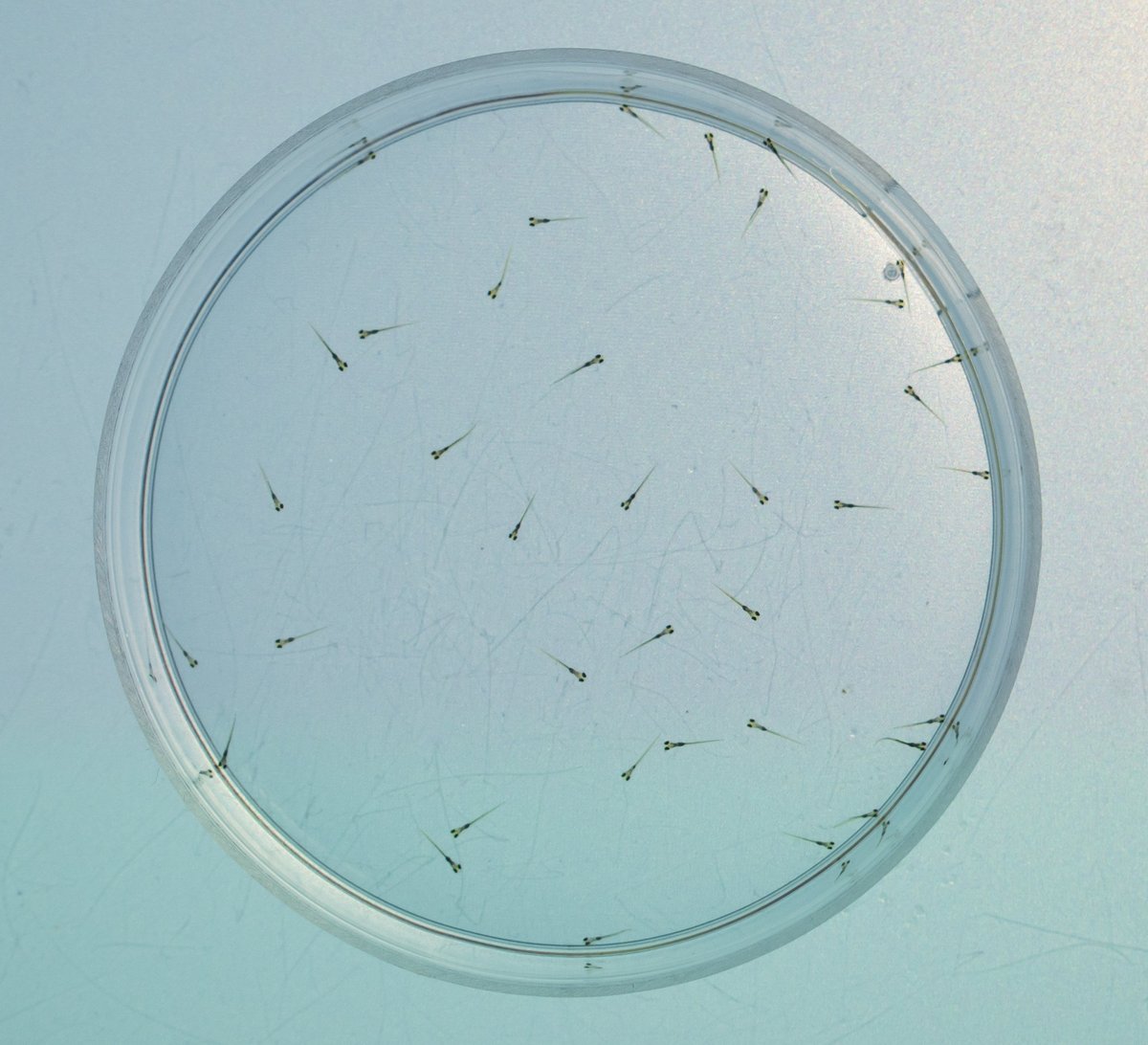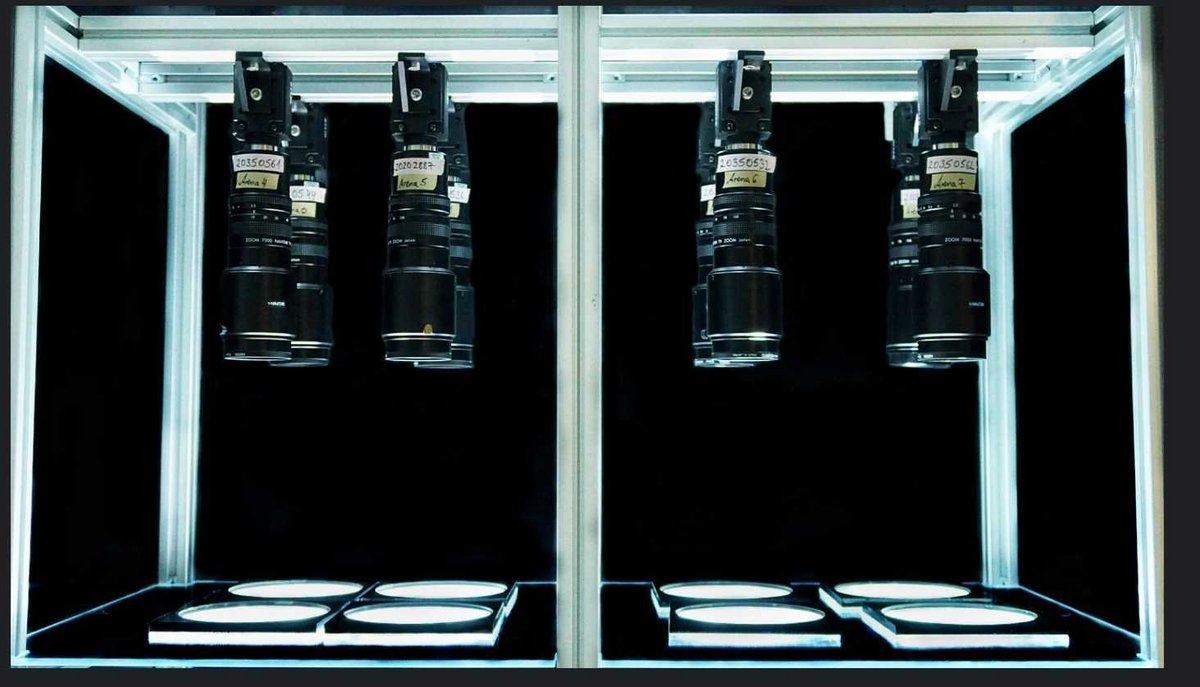
Copyright: Pradeep Krishna Chintapalli
Developing universal tools to measure neural activity across species
How can research characterize neural activity in isolated and group-raised fish? To find out, neurobiologist Armin Bahl and bachelor student Maite Börsig have developed an immunohistochemistry-based staining method. Moreover, they are in the process of building a two-photon microscope, which will allow them to image the whole brain volume in deeper layers and even characterize neural activity over time. “The great advantage of the method is that you can even look at a snapshot of brain activity in freely moving animals,” explains Bahl, and it is universally usable across ages and species. Bahl says: “This makes the characterization of neural activity based on immunohistochemical labelling an exciting alternative to functional brain imaging studies.” Bahl is pleased that the results from the project Brain-wide neural activity representation of larval zebrafish social behaviour have stimulated new work in his own group, where they seek to test similar questions in older zebrafish, and in the CASCB locust project. In addition, it has led to an increase in collaborative work with the Couzin and Jordan groups.

Copyright: Pradeep Krishna Chintapalli
